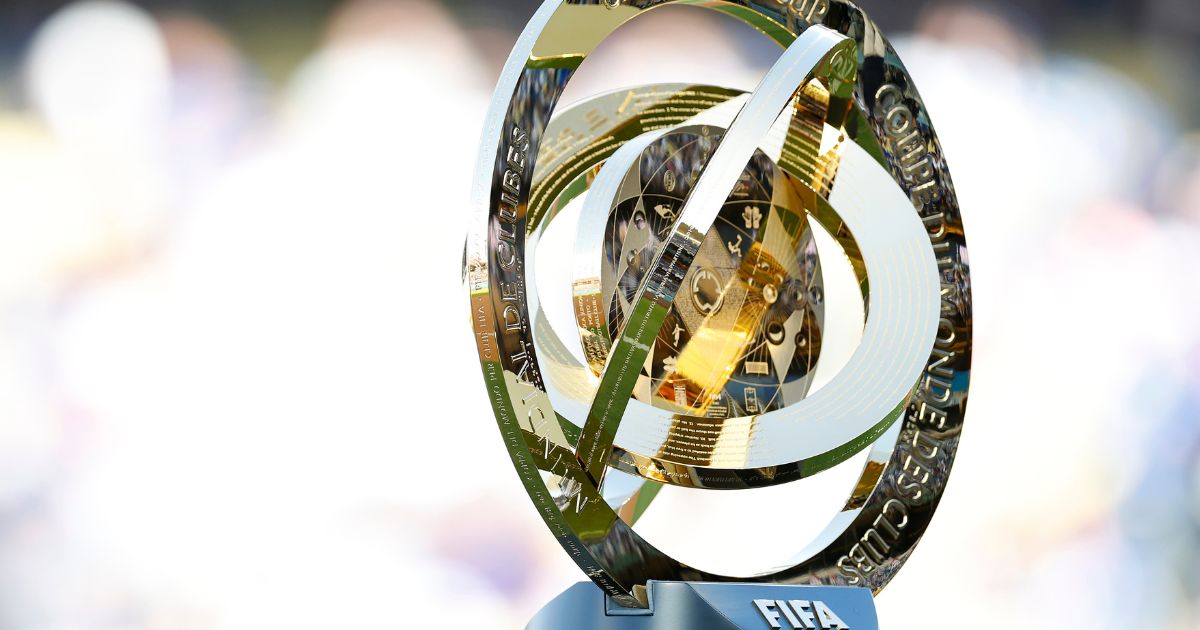
Sports Diplomacy and Soft Power: The FIFA Club World Cup as a Global Platform
Article written by Carlo Rombolà
What does diplomacy have to do with sports—football in particular? A lot, especially at the highest levels.
It is well known that major sporting events are opportunities for meetings, networking, and business. However, this has always been limited to the individual sphere, related to business and private relationships. But what if this concept were applied to nations instead of just businesspeople?
In an increasingly interconnected world, sport has gradually taken on a central role in international diplomatic dynamics. Football, in particular, has a unique ability to cross and bridge cultural, linguistic, and political barriers, becoming a privileged tool of soft power—a strategy that uses non-coercive means to positively influence international relations.
In this context, the FIFA Club World Cup represents not only a global sporting event of significance but also a strategic platform to project influence, build relationships, and promote development models. This is precisely what happens, since when we talk about sports diplomacy, we refer to a form of interaction that uses sport as a tool to improve international relations and foster mutual understanding among nations. In fact, one might even argue that sports diplomacy builds bridges and connections where traditional diplomacy may encounter obstacles.
Soft power—a concept developed by American political scientist Joseph Nye—describes a state’s (or non-state actor’s) ability to attract and influence rather than coerce.
This is where football becomes a vehicle of storytelling, symbolic and emotional, capable of generating consensus, reputation, and relational capital. Traditionally a secondary event compared to the FIFA World Cup, the Club World Cup—new in its more inclusive and, above all, wealthier structure—now reflects not only commercial and sporting interest but also a geopolitical vision: more teams, more continents represented, greater media impact. We are talking about an event that aims to serve as a global showcase for clubs, federations, and, of course, the host country.
And while the United States hardly needs to prove its ability to host major events, it’s no secret that hosting one of the world’s richest club competitions helps strengthen global influence
(especially when it takes place one year before the national team World Cup, also set to be hosted in North America).
Consider its potential to:
– attract investment;
– boost tourism;
– promote national image;
– foster intercultural exchange.
And there’s more: the tournament itself can become a laboratory of multilevel diplomacy, where clubs, sports institutions, local governments, and global companies collaborate on parallel tracks. In the context of sports diplomacy, clubs and athletes also play a key role: leading clubs from Europe, South America, and—increasingly—Asia and Africa, are now global brands reaching broad and diverse audiences.
At the highest levels, their success and values resonate far beyond the boundaries of sport.
Just think of:
– international partnerships;
– summer and winter tours;
– youth academies in emerging markets.
Aren’t these the clearest examples of strategic projection? Not to mention the athletes, who have become ambassadors—not only for their clubs but also for peace, inclusion, and dialogue, values already enshrined in the Olympic Charter.
But how is all this conveyed on the football pitches of the Club World Cup? What the event stages is a competition between different football cultures, promoting the encounter of histories, identities, and sensibilities—a form of sports diplomacy, not verbal, but powerfully communicative. Organized football at a global level is therefore bound to produce effects that go beyond the purely sporting domain.
Its expansion reflects not just economic ambitions but also global interests. It’s not easy to reflect on such topics in a historical moment filled with conflict, bloodied by wars that almost rob sport of its sense of joy and playfulness. But precisely for this reason, in our view, it is worth committing—each of us at our own level—to ensuring that the only battlefield among nations remains the sports field, as envisioned in the dreams of Baron de Coubertin.



